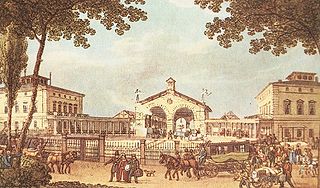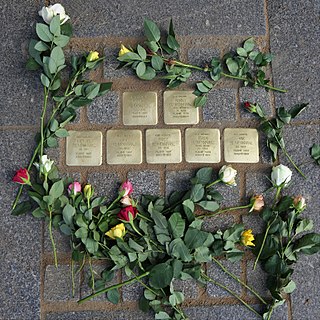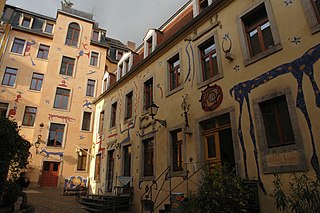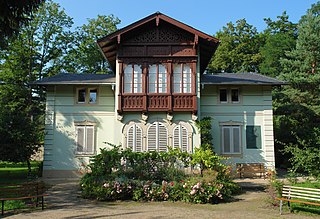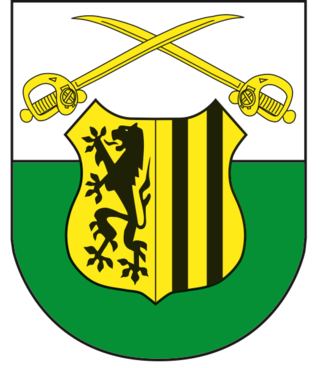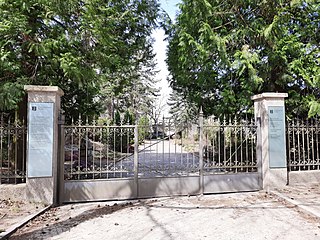Self-guided Sightseeing Tour #10 in Dresden, Germany
Legend
Guided Free Walking Tours
Book free guided walking tours in Dresden.
Guided Sightseeing Tours
Book guided sightseeing tours and activities in Dresden.
Tour Facts
5.6 km
58 m
Experience Dresden in Germany in a whole new way with our free self-guided sightseeing tour. This site not only offers you practical information and insider tips, but also a rich variety of activities and sights you shouldn't miss. Whether you love art and culture, want to explore historical sites or simply want to experience the vibrant atmosphere of a lively city - you'll find everything you need for your personal adventure here.
Activities in DresdenIndividual Sights in DresdenSight 1: Leipziger Bahnhof
Leipzig station was the first railway station in Dresden, the capital of Saxony. It was located not far from today's Dresden-Neustadt station in the Leipziger Vorstadt and was the terminus of the first German long-distance railway Leipzig–Dresden, which was inaugurated in 1839.
Sight 2: Bahnhof Dresden-Neustadt
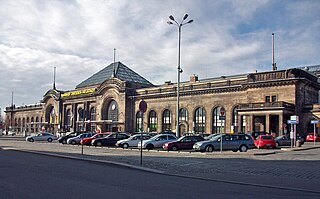
Dresden-Neustadt station is the second largest railway station in the German city of Dresden after Dresden Hauptbahnhof and is also a stop for long-distance traffic. It is the junction for rail traffic on the northern side of the Elbe. It was built in 1901, replacing the Leipziger Bahnhof, which was opened in Leipziger Vorstadt in 1839, and the Schlesischen Bahnhof, which was opened in 1847. The station building in the district of Innere Neustadt was built in the monumental style that was typical of the time, underlining its importance as a stop for long-distance services.
Sight 3: Jacob Urbach
The list of stumbling stones in Dresden contains all stumbling stones that were laid in Dresden as part of the art project of the same name by Gunter Demnig.
Sight 4: Kunsthofpassage
Get Ticket*The Kunsthofpassage is a passage consisting of five individual courtyards, in the Outer Neustadt in Dresden, starting in the house at Görlitzer Straße 25, and extending to Alaunstraße 70. This was designed according to plans by the architects MüllerMüller, Knerer and Lang, Heike Böttcher and Meyer Bassin and completed in 2001. The client is Ginkgo Projektentwicklung GmbH. As artists, Viola Schöpe, Annette Paul, André Tempel, Christoph Roßner, Arendt Zwicker and the stone sculptors Sandner and Matz were jointly responsible for the design of the outer facades.
Sight 5: Alaunplatz
Alaunplatz is a square in the Outer Neustadt district of Dresden, Germany. It is located between Kamenzer Straße and Tannenstraße as well as Bischofsweg. Alaunplatz is connected to Albertplatz via the eponymous Alaunstraße and borders the pub district of the Äußere Neustadt in the north. Line 13 of the Dresden tram has a stop "Alaunplatz" there.
Sight 6: Kraszewski-Museum
The Kraszewski Museum is a literary museum in Dresden, Germany, dedicated to the Polish writer, painter, historian and composer Józef Ignacy Kraszewski (1812–1887). It was set up in 1960 in the building he lived in during part of his more than 20 years in exile in Dresden.
Sight 7: Staatliche Schlösser, Burgen und Gärten Sachsen
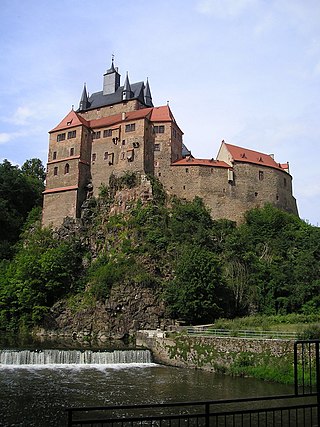
The State Palaces, Castles and Gardens of Saxony is a state-owned company with its head office in Dresden. It belongs to the Saxon State Ministry of Finance and has the aim of preserving Saxon cultural heritage whilst respecting cultural and conservation needs. The state-owned company manages several palaces, castles and parks in the Saxony. These include the Zwinger in Dresden, the Albrechtsburg in Meissen and Kriebstein Castle.
Wikipedia: State Palaces, Castles and Gardens of Saxony (EN), Website
Sight 8: Denkmal der 1. Gardepanzerarmee
The 1st Guards Tank Red Banner Army is a tank army of the Russian Ground Forces.
Sight 9: Landeskommando Sachsen
The state command of Saxony in the Graf Stauffenberg barracks in the Dresden Albertstadt is responsible for the cooperation of the Bundeswehr with the civilian authorities in Saxony. Around 50 active soldiers and 15 civilian employees are employed by the state command and the branch offices in Marienberg, Leipzig and Frankenberg. With its reservists in 19 connecting commands, the state command Saxony keeps close contact with counties, independent cities and the state directorate. In addition to the crisis management, the maintenance of contact with the military crisis operations of the neighboring countries is one of the tasks. In addition, the state command for the Host Nation Support, the care of foreign troops, which are guests at German territory, is responsible. An important part of the tasks of the state command is the reservist work. The state command was established in 2007. First it was subordinate to the military area command III, from 2013 the Bundeswehr's territorial tasks command until the subordination to the Bundeswehr's territorial management command in Berlin moved.
Sight 10: Sowjetischer Garnisonfriedhof
The Soviet Garrison Cemetery in Dresden was built in May 1945 as a war cemetery of the Red Army. From 1946 to 1987, it was officially used as a site cemetery for soldiers and officers of the Soviet Army who died during the occupation, their family members and civilian employees of the military, and was expanded three times by the city of Dresden during this time. From 1968 onwards, however, occupancy was only sporadic. The Soviet Garrison Cemetery is a listed building, see List of Monument Preservation Groups in Dresden #Kirchen and Cemeteries.
Share
How likely are you to recommend us?
Disclaimer Please be aware of your surroundings and do not enter private property. We are not liable for any damages that occur during the tours.
GPX-Download For navigation apps and GPS devices you can download the tour as a GPX file.
